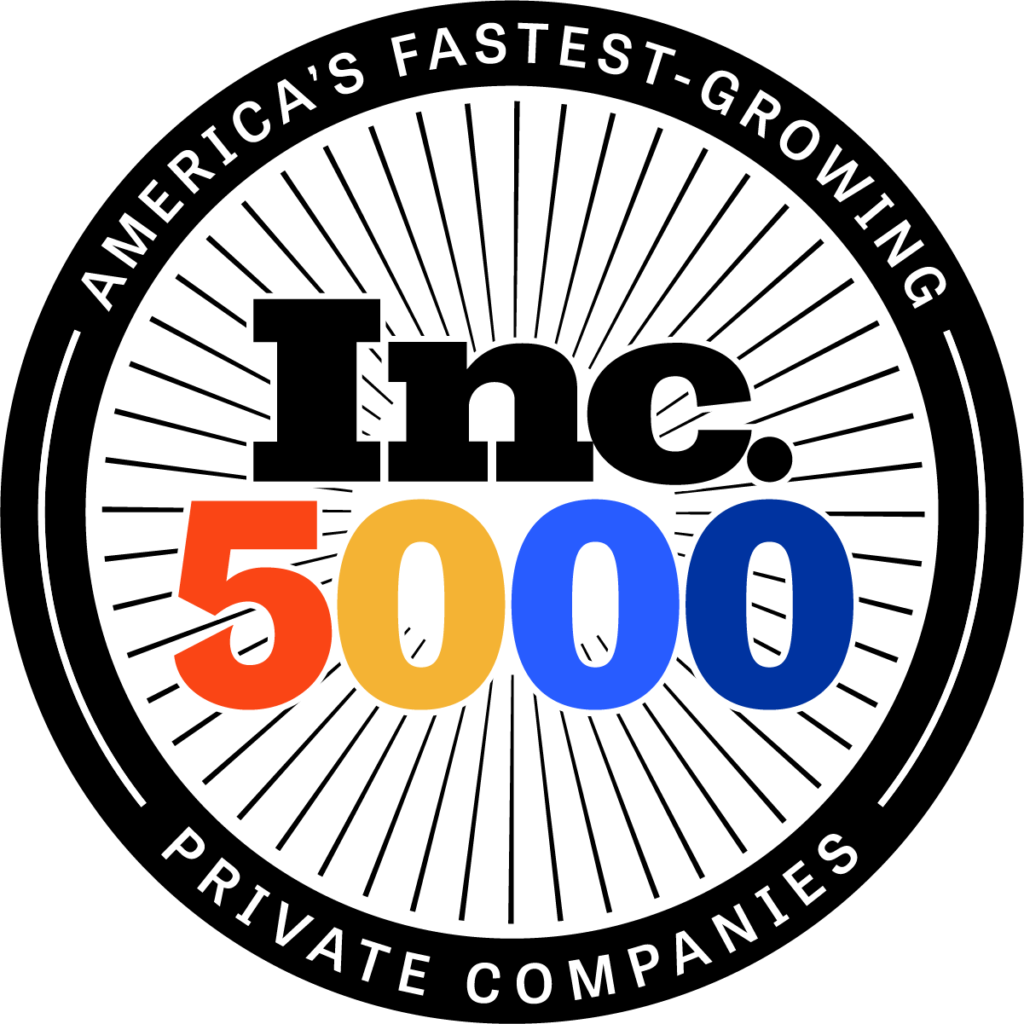If you’re investing in events and trade shows but not seeing the leads, engagement, or ROI you expected, you’re not alone. The event marketing landscape has changed. It’s no longer just about showing up, it’s about strategic planning, execution, and follow-through.
Events can be one of the most powerful revenue-generating channels in your marketing mix, but success requires more than just booking a booth or attending a conference. A well-executed strategy includes pre-show buzz, on-site engagement, and post-event follow-ups that keep the conversation going. Here’s how to ensure your next event produces meaningful results for your business.
Step 1: Stop Guessing—Start Planning
Before committing to an event, it’s essential to define its primary goal. Is the focus on lead generation, brand awareness, or launching a new product? Without a clear objective, it’s easy to waste time and budget on activities that don’t support business growth. Setting measurable outcomes — such as a target number of registrations, qualified leads, or social media engagement — creates accountability and ensures the event is designed with success in mind.
Successful event marketing also requires a cohesive theme that aligns with business objectives. This theme should be reflected in messaging, booth design, content, and promotional materials. A strong, consistent brand presence across all touchpoints reinforces recognition and makes a lasting impression on attendees.
Every successful event starts with a plan. Use our Event Marketing Strategy Worksheet to stay organized, set measurable goals, and ensure no detail is overlooked.
Step 2: Know Your Audience Like Never Before
One of the biggest mistakes companies make is trying to appeal to everyone. A targeted approach ensures the right message reaches the right people. Identifying key decision-makers, understanding their pain points, and aligning messaging with industry trends will significantly improve engagement.
For example, an enterprise IT company attending a trade show should focus on pressing industry challenges such as cybersecurity and compliance rather than broad features like faster internet. Positioning the company as a thought leader on these critical topics will resonate with potential buyers far more effectively than generic sales pitches.
Step 3: Build Pre-Event Buzz That Gets People Talking
An event should never be treated as a standalone moment. Instead, it should be a carefully orchestrated campaign that builds momentum before attendees even arrive. Major brands understand the power of pre-event marketing. For example, when Squarespace partnered with Zendaya for a Super Bowl ad, they didn’t wait for game day to generate excitement. They strategically leaked elements of the campaign early, ensuring that by the time the ad aired, the audience was already engaged.
The same principle applies to trade shows and industry events. Companies should begin promoting their presence well in advance, ensuring attendees have multiple touchpoints before the event even begins.
Pre-Event Marketing Checklist:
- Email Campaigns: Send teaser emails with exclusive content, VIP invitations, or special promotions.
- Social Media: Create an event-specific hashtag and post behind-the-scenes content.
- Landing Page: Build a dedicated page to drive registrations and provide event details.
- Personal Outreach: Sales teams should start booking meetings before the event.
- Geofenced Ads: Use targeted digital advertising to reach attendees in the event’s geographic area.
A strong pre-event strategy ensures that when attendees arrive, they already recognize your brand and are eager to engage.
Want a structured plan to guide your event marketing efforts from start to finish?
Download our free Event Marketing Strategy Guide to access step-by-step planning worksheets, key success metrics, and expert insights.
Step 4: Engage, Don’t Just Exist—How to Stand Out at the Event
Too often, companies invest in trade shows but fail to create meaningful engagement on-site. Simply setting up a booth and waiting for people to stop by is not an effective strategy. Instead, brands should focus on creating interactive and memorable experiences.
One way to achieve this is through live demonstrations and hands-on experiences. Attendees are far more likely to engage with a product when they can see it in action. Incorporating QR codes to provide instant access to presentations, whitepapers, or videos can also enhance engagement. Additionally, live polling, giveaways, and interactive booth experiences encourage participation and keep attendees interested.
Partnerships can also elevate event visibility. Co-branding with complementary companies or sponsoring networking events can expand reach and attract a larger audience. Integrating cutting-edge technologies such as augmented reality (AR) or virtual reality (VR) can further enhance engagement by creating an immersive experience that differentiates the brand from competitors.
Step 5: The Fortune is in the Follow-Up
Many companies put extensive effort into event preparation and execution but fail when it comes to follow-up. The real value of an event comes from the connections made, and those connections need to be nurtured.
Following up within 48 hours of the event is critical. Attendees are bombarded with information, and waiting too long to reach out means your brand will be forgotten. A personalized follow-up referencing specific conversations and offering a clear next step — such as a consultation, a webinar invite, or exclusive content — keeps the relationship moving forward.
Beyond immediate follow-ups, ongoing engagement is essential. Sharing event recaps, insights, and takeaways through blog posts, social media, and email marketing keeps the momentum going. Retargeting event attendees through LinkedIn ads or email nurture sequences can also be an effective way to stay top-of-mind and convert leads into customers over time.
Final Thoughts: The Event is Just the Beginning
A successful event marketing strategy extends beyond the event itself. The companies that generate the best results understand that trade shows and industry events are not just opportunities for networking, but powerful components of a long-term marketing strategy.
By focusing on pre-event buzz, engaging attendees on-site, and maintaining strong follow-ups, businesses can maximize their event ROI and turn prospects into lasting customers. The event itself is just one part of a larger journey—one that, when executed strategically, can drive meaningful business growth.
For businesses looking to take their event marketing to the next level, working with an experienced partner can make all the difference. Access Marketing Company specializes in building event strategies that deliver real results, from initial planning to post-event engagement.
Let’s build a strategy that ensures your next event isn’t just attended, it’s remembered.







